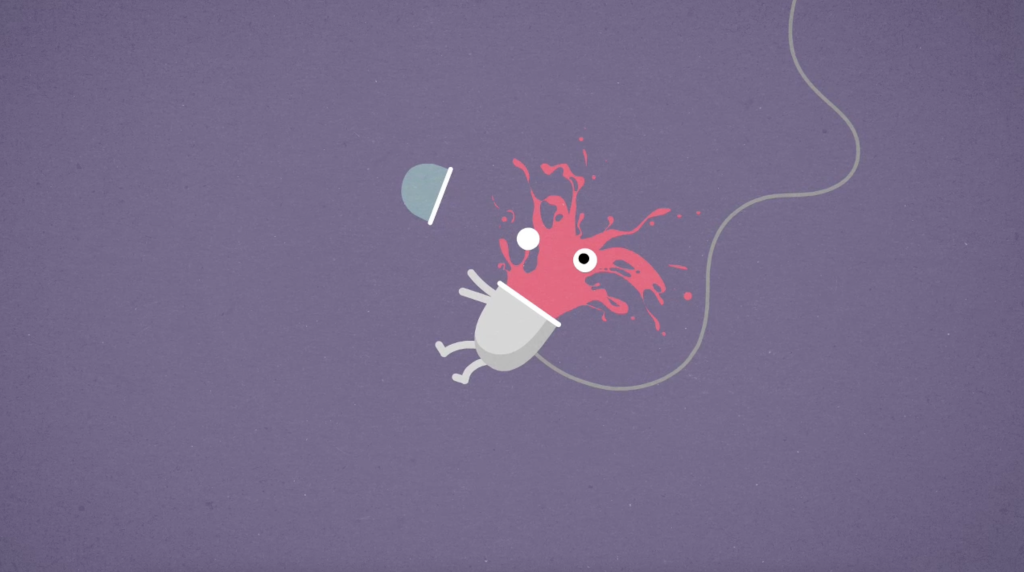Originally created as a rail safety campaign for Metro Trains Melbourne, Julian Frost's Dumb Ways to Die was a viral triumph in 2012. With over 246 million YouTube views and a slew of high profile awards (including a Cannes Lion Grand Prix and a D&AD Black Pencil), it's fair to say that Metro's goal of drawing attention to the foolish ways commuters put their lives at risk was achieved. Unusually though, that is one of its least notable achievements.
Rare is the advertising campaign that transcends the screen to become a meme; even rarer are those that spin-off a toy or branded drink bottle. 10 years on, Frost’s ‘safety film’ can only be described as a cultural phenomenon, and a hugely successful brand in its own right. DWTD has spawned some of the most popular mobile games ever created, a YouTube channel with 1.22M subscribers, countless forms of merchandise (including plush toys, clothing, and accessories) and even ‘DTWD Songs’, a collection of songs inspired by the original campaign. Such was its success that in 2021, PlaySide Studios acquired the DWTD franchise from Metro Trains for A$2.25 million and released a series of popular NFTs. Even today, the campaign’s success persists in the most unlikely of places - TikTok - with Gen Z resurfacing DWTD's catchy tune (written by John Mescall and Ollie McGill) to comedically showcase the precarious positions that the platform's users find themselves
So what was the secret of Frost’s success? While the answer is multifaceted, at its heart is a clear demonstration of the power of great animation to move audiences and create value. Back in 2012 Alice Clarke of the Herald Sun remarked that Victoria's public transport had finally "broke its long running streak of terrible ads". That now seems like the understatement of the decade. As it moves into its 2nd decade, expect DWTD’s winning streak to manifest in new and varied forms.


